Table of Contents
- How People Describe This Pain Pattern
- How You Activate and Intensify This Pain Pattern
- Self-Care – Getting Relief on Your Own
- Musculoskeletal Anatomy Behind Your Pain
- Therapy Notes for Massage and Bodywork
How People Describe This Pain Pattern
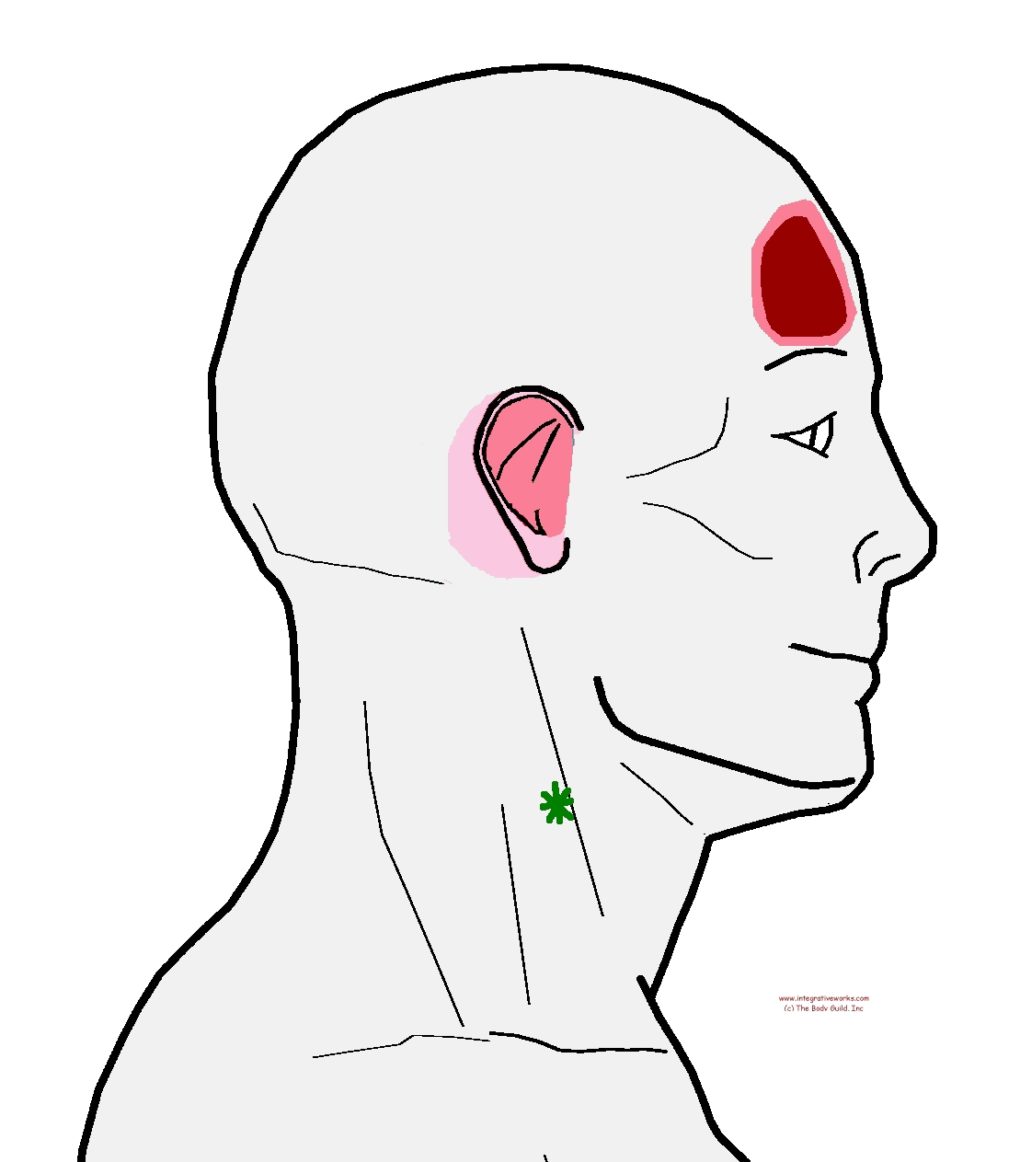
People touch a spot above their eye and say, “The headache is right here in my forehead.”
When both sides of the neck are involved, they rub their hand across their forehead. Then, they close their eyes say that it hurts all the way across.
Clients usually don’t tell their massage therapist that their ears bother them. Usually, they don’t think it is a muscle problem. If I ask about their ears, they typically talk about itching, being sensitive, or buzzing, instead of pain.
The other section of sternocleidomastoid creates pain around the brow and is activated more by pulling forward with a twisting motion.
How You Activate and Intensify This Pain Pattern
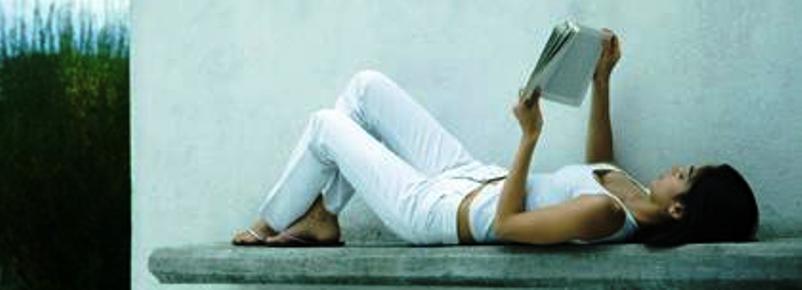
Pulling your head forward in a sustained or repetitive motion is how this trigger point is commonly activated. Usually, the chin is tucked, but not always. When they recline in bed or on a couch, people aggravate this from pulling forward to read their laptops.
I had a client come in with this headache from reading her iPad like the gal in this picture. As her arms get tired and drop, this muscle tightens to pull the head forward.
An ultrasound tech who was always looking down sharply at clients had problems with this headache as well. You can also activate this pattern by pulling forward in a car seat that leans back or any motion that thrusts the head forward while keeping the chin down. My gym partner came in with this pattern this morning and didn’t think he was doing this until I made the motion where I slowly turned my head down toward my feet. Then he said, “Oh yeah, I watch the TV that way before I go to sleep.”
The Musculoskeletal Anatomy Behind Your Pain
This headache pattern is caused by a trigger point in the sternocleidomastoid muscle in your neck. This effects of this muscle are complex. In fact, the SCM is associated with several other disorders like anxiety, sinus problems, tinnitus, and blurred vision.
Getting Relief on Your Own
Clinically Proven
Self-Care Strategies
This post has strategies for getting relief on your own. Explore how to change your activities, stretch, and other strategies that relieve the pain associated with this trigger point.
Therapy Notes for Massage and Bodywork
Better Bodywork
Through Shared Expertise.
This post has techniques, tips, treatment routines, and anatomy illustrations to improve the bodyworker’s approach.
Support Integrative Works to
stay independent
and produce great content.
You can subscribe to our community on Patreon. You will get links to free content and access to exclusive content not seen on this site. In addition, we will be posting anatomy illustrations, treatment notes, and sections from our manuals not found on this site. Thank you so much for being so supportive.
Cranio Cradle Cup
This mug has classic, colorful illustrations of the craniosacral system and vault hold #3. It makes a great gift and conversation piece.
Tony Preston has a practice in Atlanta, Georgia, where he sees clients. He has written materials and instructed classes since the mid-90s. This includes anatomy, trigger points, cranial, and neuromuscular.
Question? Comment? Typo?
integrativeworks@gmail.com
Interested in a session with Tony?
Call 404-226-1363
Follow us on Instagram

*This site is undergoing significant changes. We are reformatting and expanding the posts to make them easier to read. The result will also be more accessible and include more patterns with better self-care. Meanwhile, there may be formatting, content presentation, and readability inconsistencies. Until we get older posts updated, please excuse our mess.


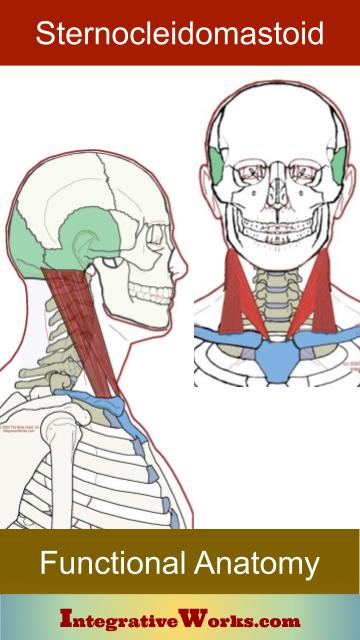
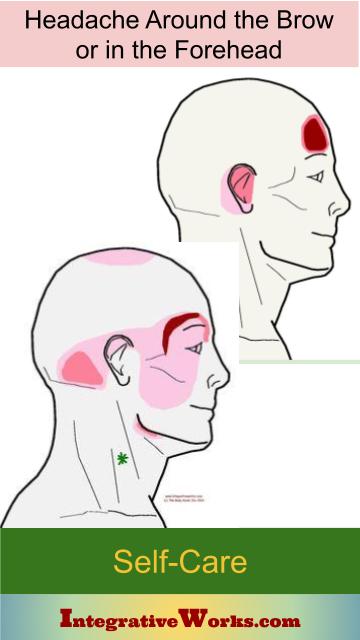
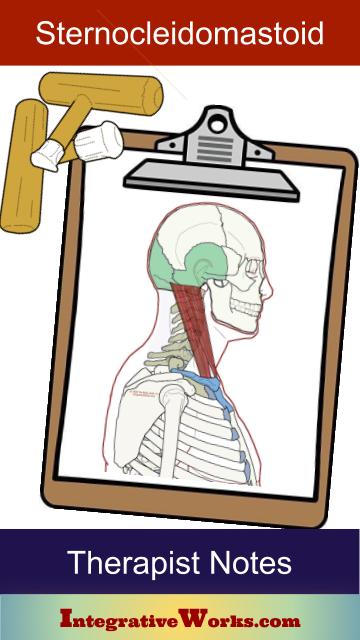

Comments are closed.